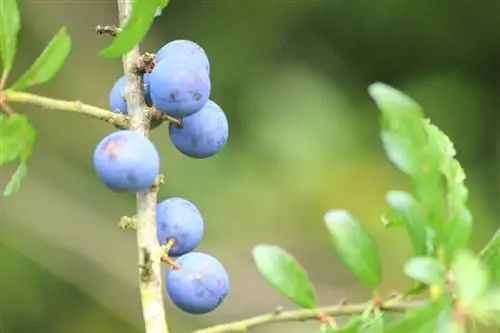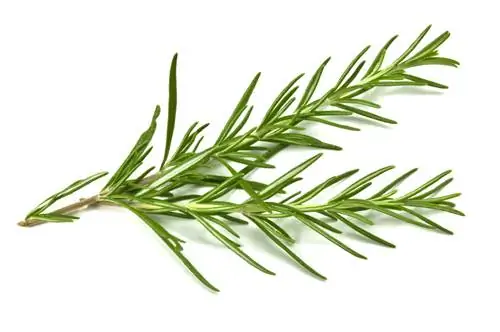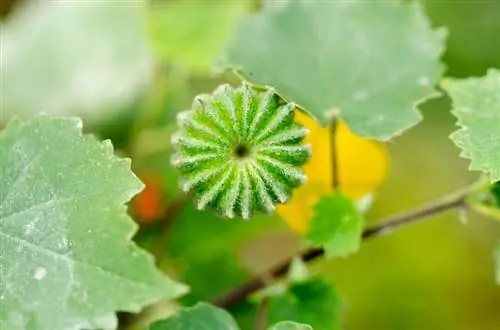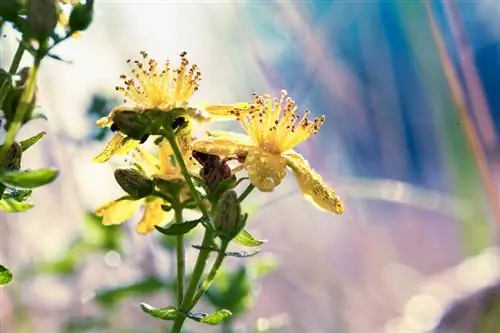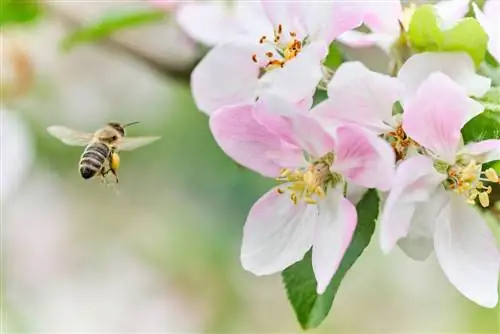- Author admin [email protected].
- Public 2023-12-16 16:46.
- Last modified 2025-01-23 11:19.
Cherry trees - like most fruit trees - cannot be propagated by seeds or cuttings. The method of propagating cherry trees, which is used in the professional cultivation of planting material, is called grafting.

How to propagate cherry trees?
Cherry trees can be propagated through grafting, in which a base that determines the size of the mature tree is connected to an annual shoot or eye of the desired variety. The methods of grafting are inoculation, grafting and copulation.
Types of documents
To propagate you first need a so-called support. This alone is responsible for the size of the fully grown cherry tree. When buying a cherry tree, you should therefore pay attention to whether the rootstock stated on the label is weak, medium or strong-growing.
Strong-growing seedlings are used as rootstocks for standard trees. These develop a strong root system, exhibit he althy growth and ensure the tree has a long lifespan. The half-trunks are grafted onto medium-growing type or seedling rootstocks so that the trunk height of around 120 cm is maintained. The spindle bushes and columnar trees have a weakly growing base, produce quick yields, but do not live as long as half or standard trunks.
Refining methods
The second component for propagation is an annual shoot or an eye orBud of the noble variety required. These are taken from the cherry tree, the properties of which you want in terms of taste and size of the fruit, high yield, resistance to fungal diseases, sensitivity to frost, etc.
The two “partners” are connected by
- Occulate,
- grafting or
- Copulate.
For inoculation, a well-developed bud of the noble variety is placed on the base in which the bark has previously been cut accordingly. The precious eye is inserted behind the opened bark and firmly connected with raffia. After it has grown, remove the bast and later cut away the shoot above the eye.
Scions in different strengths are used for grafting and copulation. These are obtained from the he althy annual shoots, which are connected to the rootstock in April/May. The base and the scion of the same thickness are connected directly to the interfaces placed on top of each other (cut diagonally). If the base is stronger than the scion, insert it into the bark incision.
Tips & Tricks
For most hobby gardeners, grafting on their own is probably out of the question. However, everyone can create their own individual tree. You can find tree nurseries on the Internet that specialize in contract finishing (see, for example, manufactum.de).


